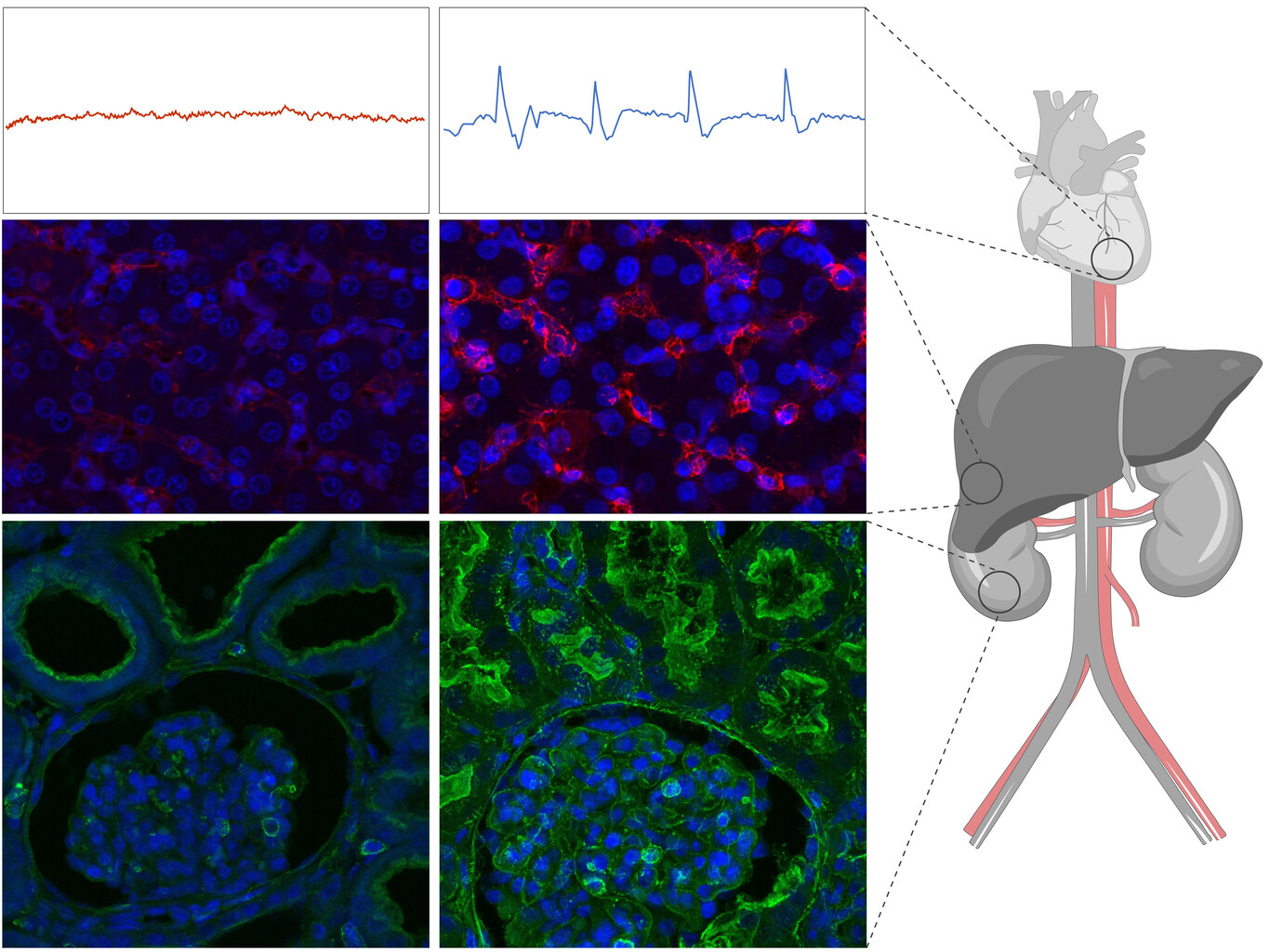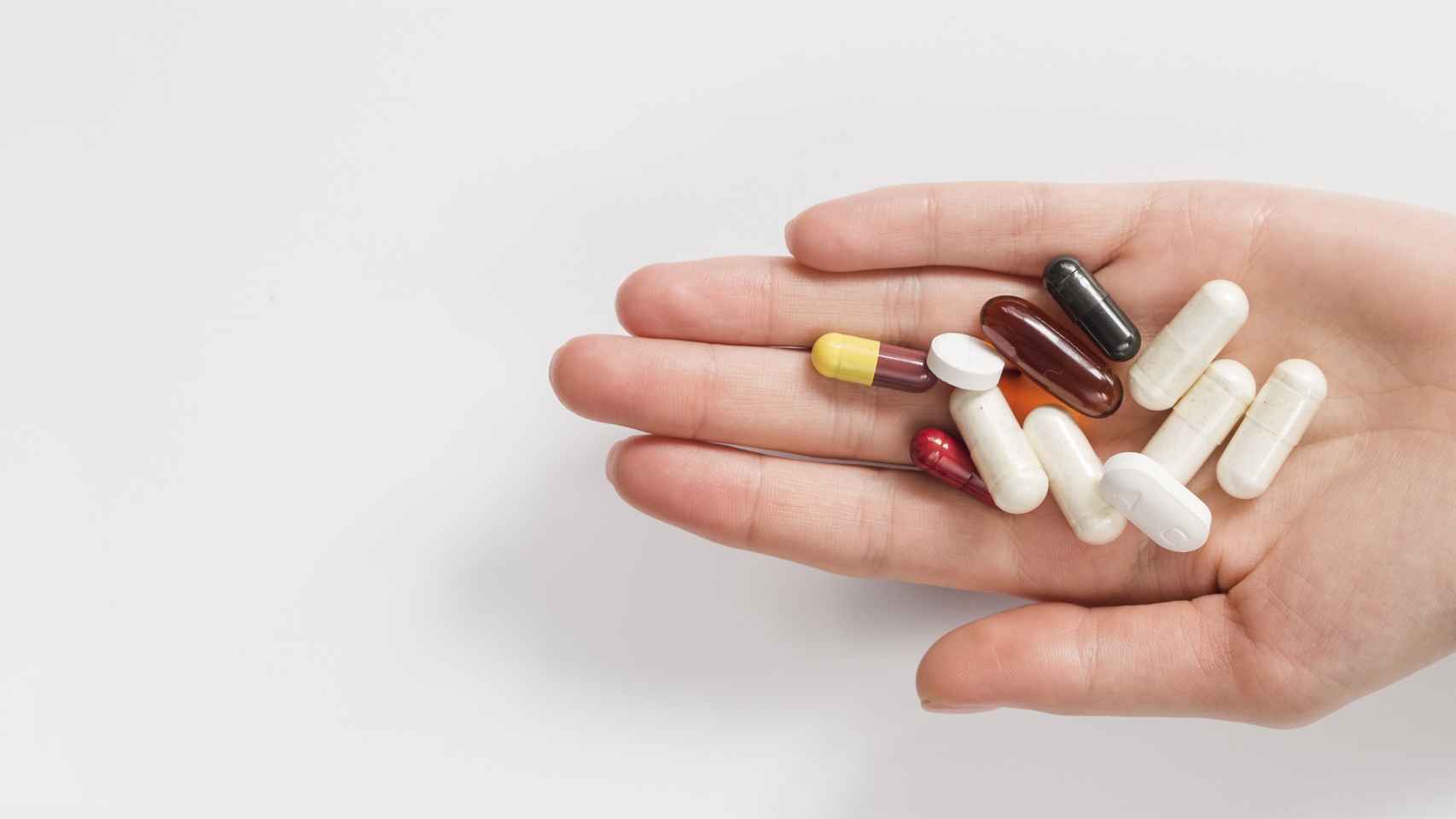When the heart stops beating and the blood stops flowing, a countdown begins. The countdown, in fact. The lack of oxygen and nutrients triggers a cascade of physiological reactions that culminates inexorably with cell death. Relentlessly? Well, there is the question: the long struggle of human beings against death has one of its great objectives in the recovery of dead tissues.
And today’s news is that we just took a really incredible leap to get there.
Decades of advances that knew little. Because yes, in recent decades we have been developing techniques that (with an eye toward increasing the availability of organs for transplants) allow us to recover tissues in an increasingly advanced state. However, these were very limited victories: preserving specific tissues, recovering specific organs. At least, until now.
How to recover a whole body? Nenad Sestan’s team decided to adapt one of those partial technologies (called BrainEx) that had shown its ability to restore some functions in pigs’ brains hours after death. The underlying logic is that if the technique was successful on cells as sensitive as nerve cells, why not try it on a whole body?
They called it OrganEx and it consists of connecting a pumping system to the circulatory system that introduces a liquid loaded with factors into the body to counteract the metabolic and electrolyte imbalances that are triggered by the cessation of blood flow. By applying the technique to pigs one hour after cardiac arrest, they found that OrganEx “preserves tissue integrity, decreases cell death, and restores selected molecular and cellular processes in multiple vital organs (such as the heart, brain, liver, and the kidneys)”.
OrganEx-treated organs not only showed fewer signs of bleeding and swelling than tissues treated by traditional methods. They also observed “specific gene expression patterns (both at the cellular and organ level) that indicate that repair processes are taking place within the body.”

prudence and hope. It is not necessary to launch the bells on the fly, the technique, despite having a positive history, is in its infancy. We need more time to explore and develop to fully understand where this is taking us. We are not much closer to “resurrection,” but we are taking significant steps to increase the number of available organs.
** **. And that, in itself, is excellent news. It is enough to remember that, in Spain, some 52,000 people are currently waiting for a kidney transplant and what is really worrying is that, for each transplant that is carried out, two people are diagnosed with chronic kidney disease. Dynamics similar to this can be found in all transplantable organs: any step forward is a step for the better.














